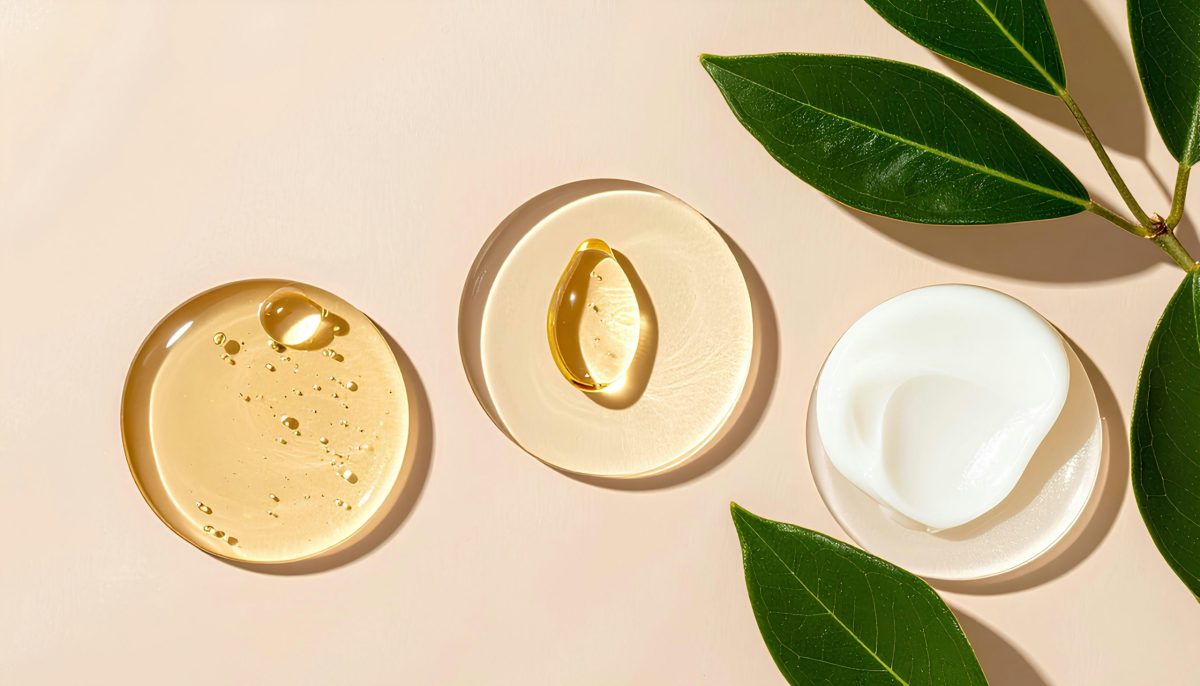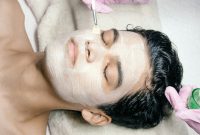Best Ingredients to Fight Acne: What Really Works

When it comes to treating acne, choosing the right skincare ingredients can make all the difference. Not all products are created equal — some ingredients effectively target breakouts, while others can make acne worse. Understanding what works best for your skin can help you build a powerful acne-fighting routine.
This guide breaks down the top ingredients for acne-prone skin, how they work, and the best ways to use them for clear, healthy skin.
Why Ingredients Matter in Acne Treatment
Acne isn’t just about washing your face more often. It’s a complex skin condition that involves clogged pores, excess oil, bacteria, and inflammation. That’s why the right ingredients are essential — they can:
- Unclog pores and control sebum
- Kill acne-causing bacteria
- Soothe inflammation and redness
- Prevent new breakouts
- Support overall skin health
Using the right ingredients consistently can help reduce acne naturally without over-drying or irritating your skin.
Top Ingredients to Fight Acne
1. Salicylic Acid — The Pore Unclogger
Salicylic acid is one of the most popular acne-fighting ingredients. It’s a beta hydroxy acid (BHA) that penetrates deep into the pores to remove excess oil and dead skin cells.
- Benefits: Unclogs pores, reduces blackheads and whiteheads, smooths skin texture.
- How to use: Start with 0.5–2% concentration. Use 2–3 times a week, then increase if tolerated.
- Best for: Oily and combination skin.
2. Benzoyl Peroxide — The Bacteria Killer
Benzoyl peroxide kills the bacteria (Cutibacterium acnes) that causes acne. It’s a powerful ingredient often recommended by dermatologists for moderate to severe breakouts.
- Benefits: Reduces bacteria, controls inflammation, prevents future breakouts.
- How to use: Start with 2.5% to minimize irritation. Apply once daily on affected areas.
- Best for: Inflammatory acne (pimples, pustules).
3. Niacinamide — The Soothing Healer
Niacinamide (Vitamin B3) is a gentle yet effective ingredient that calms redness, supports the skin barrier, and controls oil.
- Benefits: Reduces redness, minimizes pore appearance, improves skin texture.
- How to use: Use daily, morning and night. Pairs well with most other ingredients.
- Best for: All skin types, including sensitive skin.
4. Retinoids — The Cell Turnover Booster
Retinoids (Vitamin A derivatives) speed up cell turnover, preventing dead skin buildup that leads to clogged pores.
- Benefits: Prevents acne formation, fades acne scars, improves texture.
- How to use: Start 2–3 times a week at night. Use sunscreen daily.
- Best for: Persistent acne and post-acne marks.
5. Tea Tree Oil — The Natural Alternative
Tea tree oil is a plant-based ingredient with antibacterial and anti-inflammatory properties. It’s a great natural option for mild acne.
- Benefits: Kills bacteria, soothes inflammation, reduces redness.
- How to use: Dilute with a carrier oil (like jojoba) before applying to avoid irritation.
- Best for: Mild acne or spot treatment.
6. Zinc — The Oil Regulator
Zinc helps regulate oil production and reduces inflammation. It can be used topically or taken as a supplement.
- Benefits: Calms redness, controls sebum, supports skin healing.
- How to use: Look for zinc in serums, sunscreens, or oral supplements (consult a doctor first).
- Best for: Oily and combination skin.

Supporting Ingredients for Healthy Skin
Besides active acne-fighting ingredients, these supporting ingredients help maintain skin balance:
- Hyaluronic Acid: Keeps the skin hydrated without clogging pores.
- Ceramides: Strengthen the skin barrier and reduce sensitivity.
- Green Tea Extract: Offers antioxidant protection and calms irritation.
- Centella Asiatica: Soothes redness and promotes healing.
Ingredients to Avoid for Acne-Prone Skin
Just as important as knowing what works is avoiding what doesn’t. These ingredients can worsen breakouts:
- Heavy comedogenic oils (like coconut oil)
- Alcohol-heavy formulas
- Artificial fragrance
- Mineral oil and lanolin
- Harsh physical scrubs
Always read labels carefully before buying skincare products.
How to Build an Ingredient-Based Routine
Here’s a simple way to incorporate these ingredients into your skincare:
- Cleanser: Gentle, fragrance-free formula.
- Toner: Hydrating or calming toner with green tea or witch hazel.
- Treatment: Apply salicylic acid, benzoyl peroxide, or niacinamide as needed.
- Moisturizer: Lightweight, non-comedogenic with hyaluronic acid or ceramides.
- Sunscreen: Zinc oxide or lightweight SPF 30+ daily.
Start with one active ingredient at a time to avoid irritation.
Final Thoughts
Fighting acne isn’t about using every product on the shelf — it’s about choosing the right ingredients for your skin’s needs. Whether it’s salicylic acid for unclogging pores or niacinamide for calming inflammation, the right combination can help you achieve clear, balanced, and healthy skin.
Be patient and consistent. Great skin takes time, but with the right ingredients, progress is inevitable. ✨


